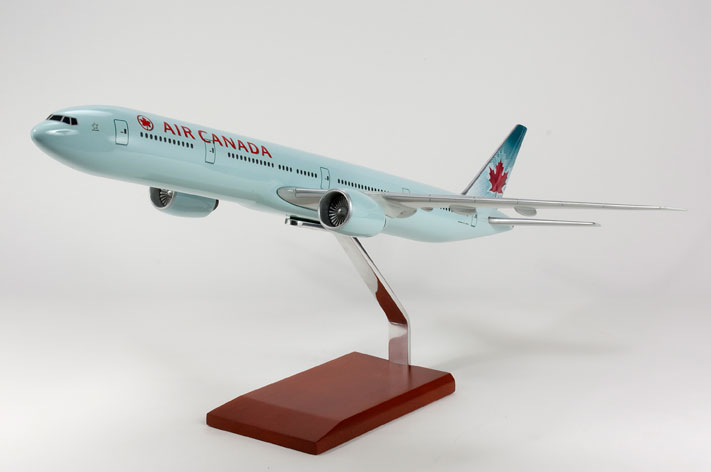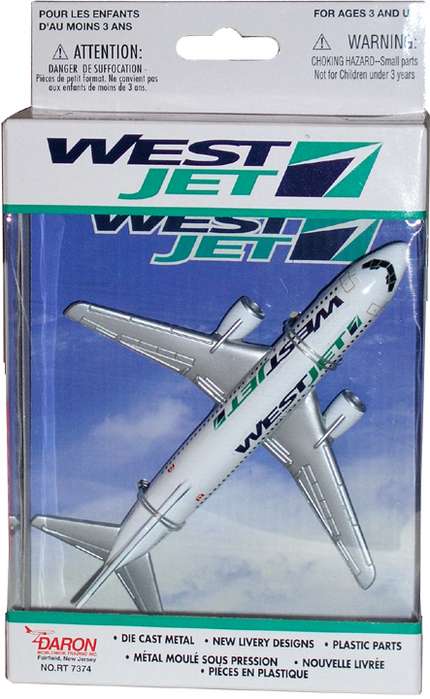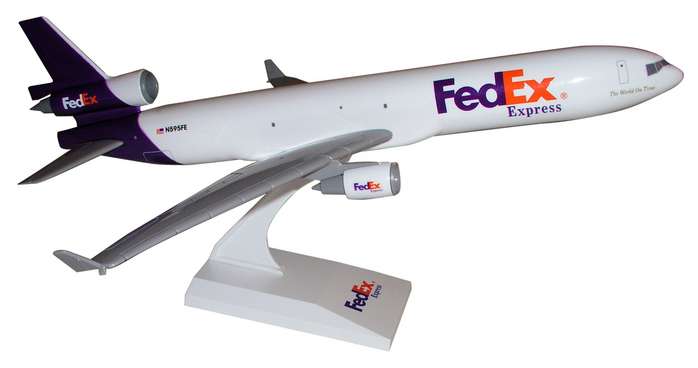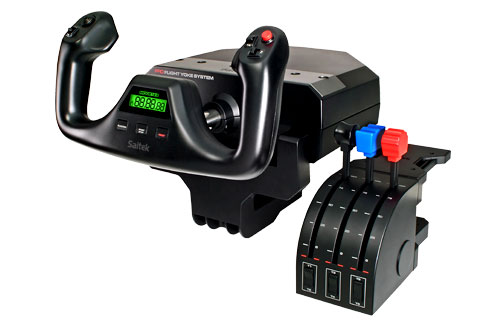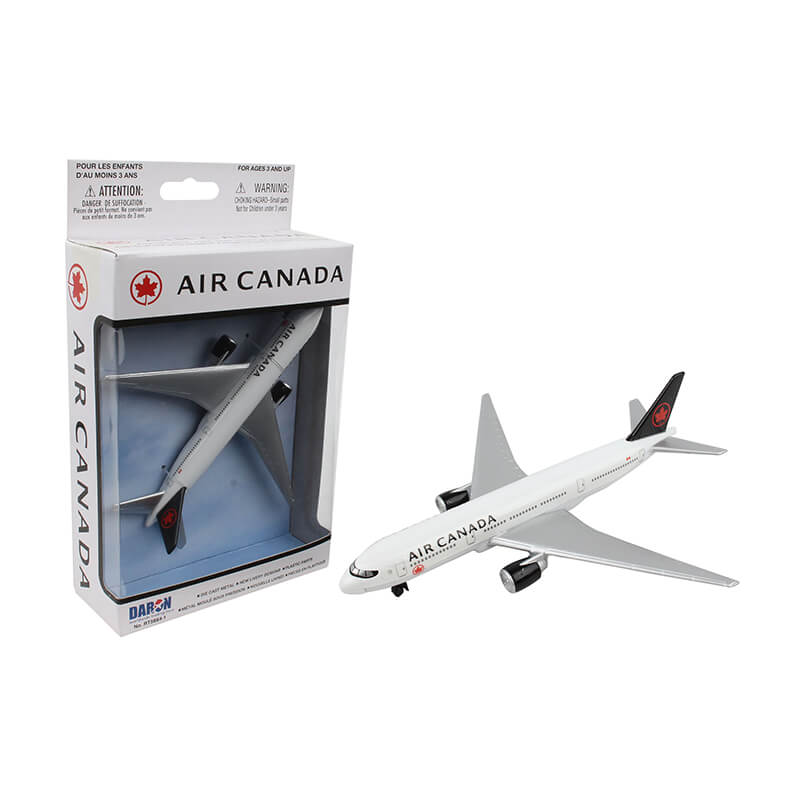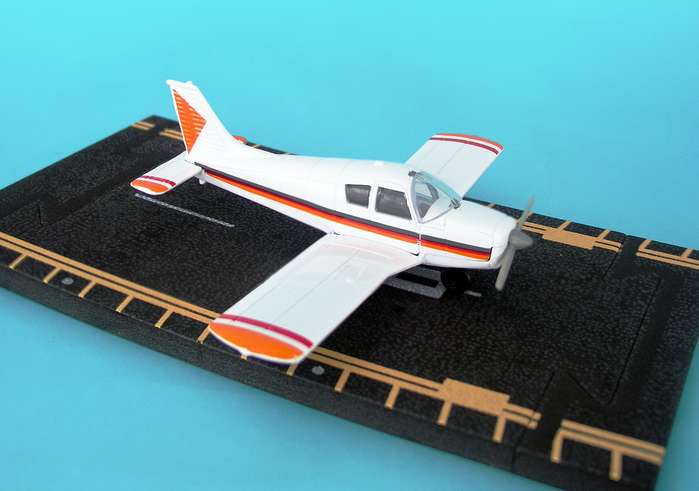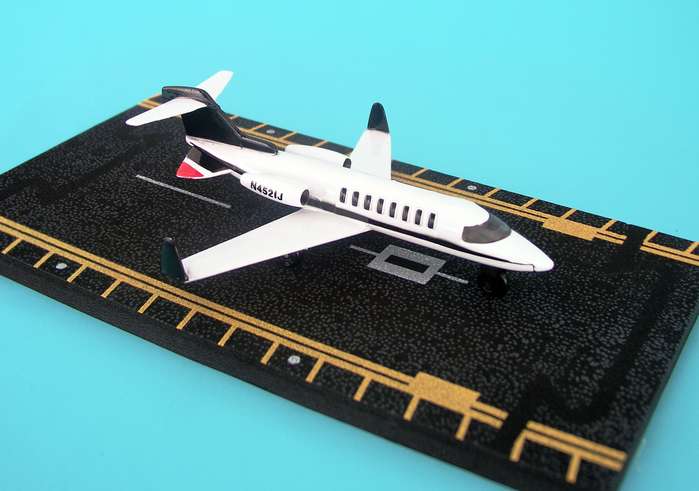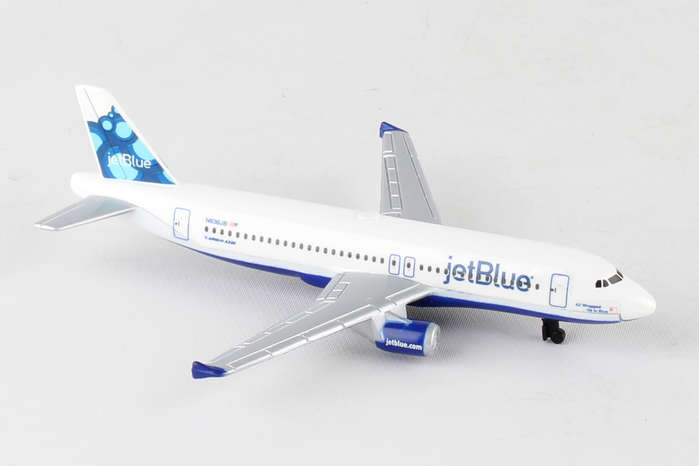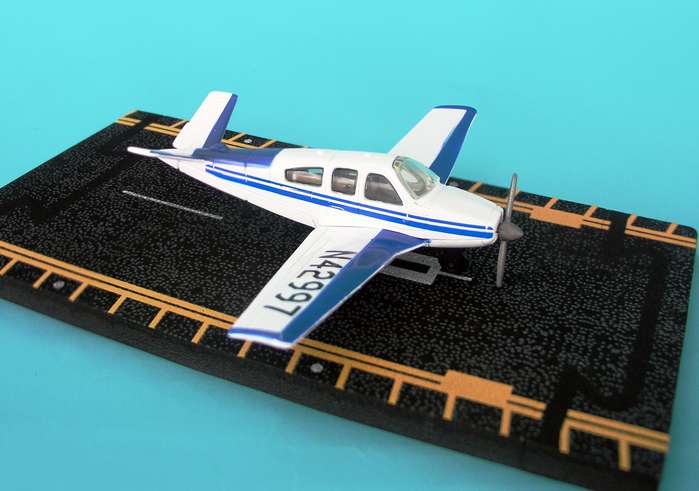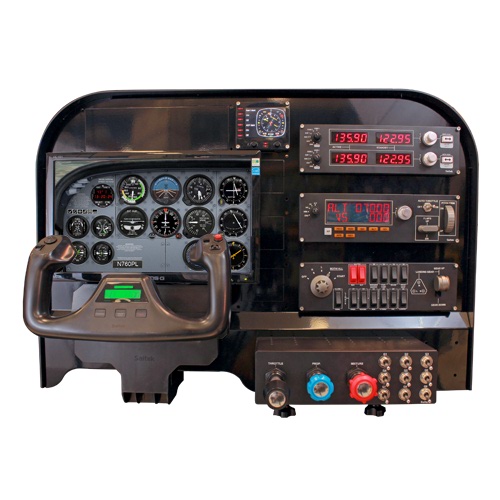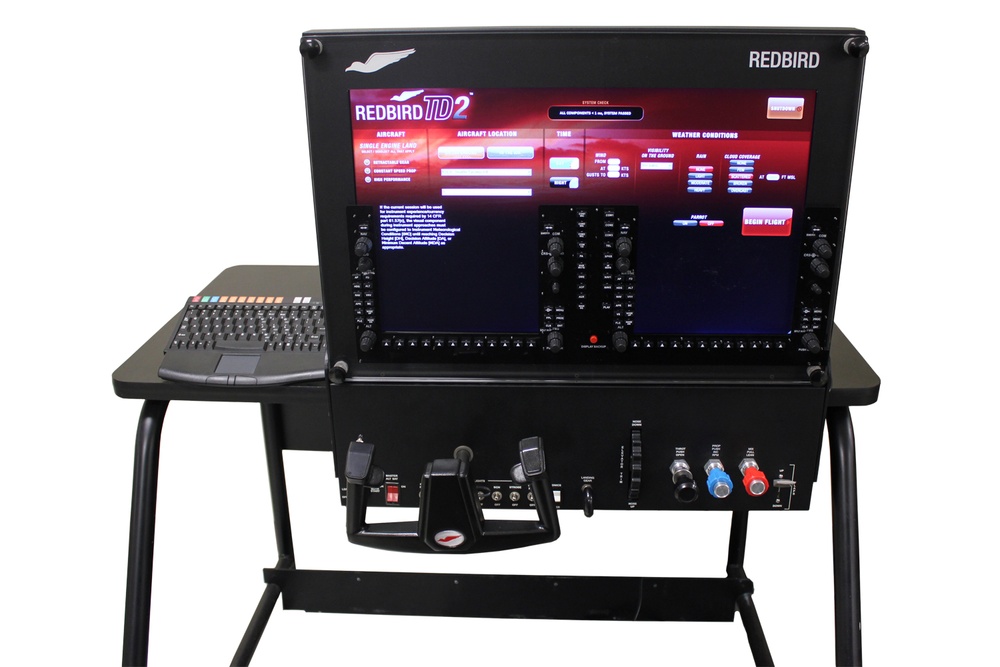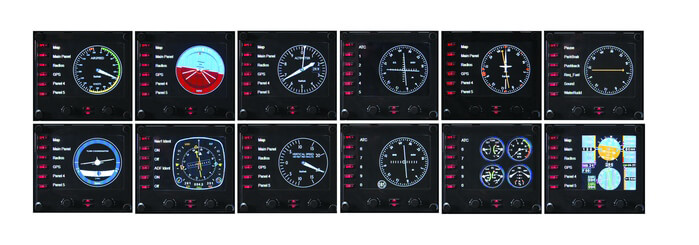B777-300 Air Canada Model
Артикул: 13-10922
98501 82084 руб.
Наличие: – Есть в наличии у нашего поставщика. Доставка на наш склад в течение 5...6 недель после оплаты Вами заказа.
Overview
| The Boeing 777 is a long range, wide-body twin-engine airliner manufactured by Boeing Commercial Airplanes. The worlds largest twinjet and commonly referred to as the ""Triple Seven"", the aircraft can carry between 283 and 368 passengers in a three-class configuration and has a range from 5,235 to 9,380 nautical miles (9,695 to 17,370 km). Distinguishing features of the 777 include the six wheels on each main landing gear, its circular fuselage cross section, the largest diameter turbofan engines of any aircraft, and the blade-like end to the tail cone. The Boeing 777 is produced in two fuselage lengths. The original 777-200 model entered service in 1995, and the stretched 777-300, which is 33.3 ft (10.1 m) longer, was introduced in 1998. The longer range 777-200LR and 777-300ER variants entered service in 2006 and 2004, respectively, while a freighter version, the 777F, first flew in 2008. Both long range 777 models and the 777F are equipped with wingtip extensions of 12.8 ft (3.9 m) and raked wingtips. The 777-200LR is currently the worlds longest range airliner, and holds the record for longest distance flown by an unrefuelled commercial airliner. Through the 2000s, the Boeing 777 has emerged as one of its manufacturers best-selling models. As of October 2008, 56 customers have placed orders for 1,096 777s. Due to rising fuel costs, airlines have acquired the 777 as a comparatively fuel-efficient alternative to other widebody jets, and have increasingly used the aircraft on long-haul, transoceanic routes. Direct market competitors to the 777 are the Airbus A330-300, A340, and A350 XWB, which is currently under development The stretched A-market 777-300 (773A) was designed as a replacement for 747-100s and -200s. Compared to the older 747s, the stretched 777 has comparable passenger capacity and range, and was designed to burns one third less fuel and have 40% lower maintenance costs. The 777-300 features a 33 ft 3 in (10.1 m) fuselage stretch over the baseline 777-200, allowing seating for up to 550 passengers in a single class high density configuration. The 777-300 is also 29,000 pounds (13 tonnes) heavier, is equipped with a tailskid, and includes ground maneuvering cameras mounted on the horizontal tail and underneath the forward fuselage to aid pilots during taxi due to the aircrafts length. The typical operating range with 368 three-class passengers is 6,015 nautical miles (11,135 km). The 777-300 is powered by the following engines: 90,000 lbf (400 kN) PW4090 turbofans, 92,000 lbf (409 kN) Trent 892 or GE90-92Bs, or 98,000 lbf (436 kN) PW-4098s. Since the debut of the 777-300, a total of 60 -300s have been delivered to eight different customers, and all were in airline service as of August 2008. However, following the introduction of the longer range -300ER in 2004, all operators have selected the ER version of the -300 model. The 777-300 has no direct Airbus rival, but the A340-600 is offered in competition. |



